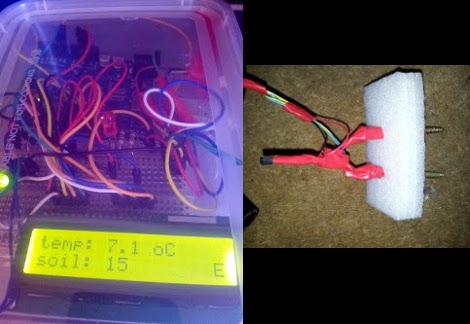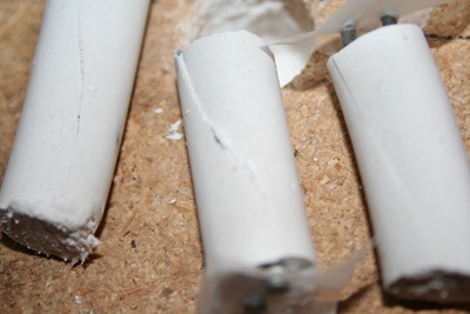A few months ago, [Adam] was building a controller system for a small hydroponic system he had set up in his basement. Since then, the Hackaday Prize was announced, and given the theme – saving the world one plant at a time – he’s renvisioning his garden control and monitoring system as a Hackaday Prize entry.
While the mechanical and green part of the build is exactly what you would expect from something designed from hardware store parts, the electronics are rather interesting. All the plants in either a hydroponic or dirt-based setup will have their moisture level and PH monitored by a a set of electronics that push data up to the cloud.
The current hardware setup includes a DyIO, a very cool dev platform with 24 digital I/Os and 24 servo outputs, a Raspberry Pi, and a few module boards loaded up with ARM microcontrollers and an ESP8266. [Adam] is hitting all the hardware on this build.
So far, [Adam] has a few boards sent out to a board fab, including an analog sensor module, a digital sensor module. a WiFi module hub, and a few bits and bobs that make integration into an existing garden or hydroponic setup easier. It’s a great project for this year’s Hackaday Prize, and proof that you don’t need to come up with a new build to submit something.






















